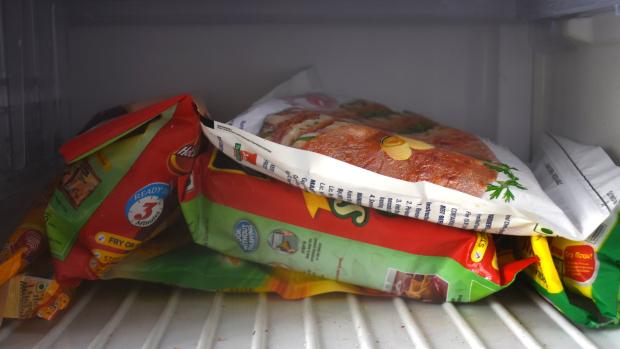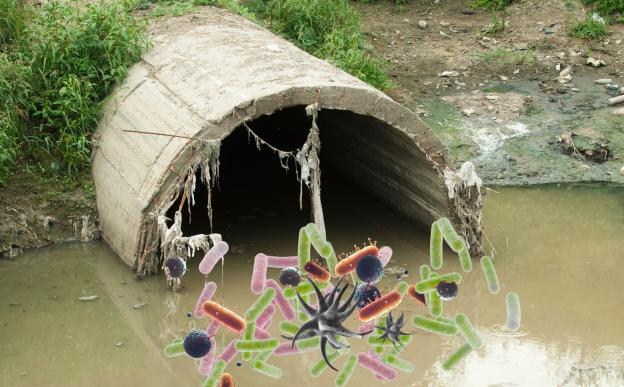
Photo : Purabi Deshpande / Research Matters
Human beings, in their brief history, started off as hunter–gatherers hunting animals and birds, or collecting fruits and nuts to eat. They then invented agriculture, a revolutionary transformation from ‘collecting’ food to ‘growing’ it. Suddenly, acquiring food, which was one of the most important task of the early man, became a breeze. Today, in the era of technology, food production has reached new levels and so have our ways of handling the produce.
With changing means of procuring food came the socio-cultural changes impacting our food habits. Instead of eating when food was available, we designed the availability of food as per our needs - breakfast lunch and dinner. We also started to ‘store’ food for the uncertain future. Then, we invented ‘processing’ food to make it more palatable and easy to consume. Majority of food items we consume regularly today like cereals, bread, packaged milk, juice, cakes and biscuits are all processed foods. Thanks to changing food preferences, busy lifestyles, expanding urbanization, and increasing affordability, processed food today rules our kitchens. Undoubtedly, the food processing industry is growing far and wide.
But what is ‘food processing’? A broad term by itself, there are many perspectives in understanding it. Food processing is ‘any conscious effort between production and consumption’, says a study. So it could be as simple as proper packaging to increase the durability of food, or as complex as modifying the original raw material using other ingredients to make it easier to store and consume. Today, food processing has many goals; long term preservation, ensuring safety and availability in different locations and enhancing the convenience of use -- all in a sustainable manner with judicious use of resources.
Cooking, to start with, is considered as the first step towards consuming processed food. Perhaps, humans are the only animals that cooked their food about two million years ago and continue to do so. After learning how to cook, we then proceeded to modify, store and preserve foods by drying, salting, pickling and fermenting. Today, with advanced technologies and knowledge of food processing, canning, chemical preservation, refrigeration -- including chilling and freezing, nutrient conservation and fortification or adding additional micronutrients are all tricks of the trade.
Advancements in food processing, that started in the 20th century, are now deemed to be the ultimate panacea for the hunger problem facing the world. As per an estimate by the Food and Agriculture Organization (FAO) of the United Nations, we need to increase our food production by 70% by 2050 to feed the estimated 9.1 billion world population. Unfortunately, productivity is not keeping pace with expanding population due to various challenges. The challenge of shortage in food is further increased by wastage of a huge proportion of food due to inappropriate storage and preservation. So, a better processing technology is a promise towards food security.
Today, there are different levels of processing food. Primary processing includes very preliminary steps like cleaning, sorting and packaging. Secondary processing covers modifications like re-shaping of the raw materials. Tertiary processing leads to production of value added products like juices, jam & jelly.
The food processing industry is a vibrant industry today that relies on agriculture, horticulture, animal husbandry and fisheries for the raw materials, and microbiology, chemistry and other branches of applied sciences for the processing and distribution part. At a commercial scale, it connects the agriculture sector with the industry and has a great potential to boost our economy. India’s strength lies on the fact that it is the second largest producer of food in the world and has ample raw materials to be used for processing. Our food processing industry is export oriented, and India had earned Rs. 27,263.94 crores by exporting processed foods in 2016-17 alone, says a statistics from the Agricultural and Processed Food Products Export Development Authority. The major products exported by India includes processed fruit and vegetables, mango pulp, pulses, groundnuts, guargum, jaggery and confectionery, cocoa products, cereal preparations and alcoholic beverages.
The roles of processed food in ensuring food security and in economic development, are unequivocal; but it has a dark side- the health concerns. The growing concerns related to the use of processed food are because of some undesirable ingredients used in the process of preservation -- chemical preservatives and high quantities of salt and sugar. There are studies that point to side effects of consuming processed foods resulting in obesity, diabetes and cardiovascular problems.
So, how do we strike a balance between the ease of preparing and procuring food, and staying and eating healthy? The answer lies in making smart and informed choices while you shop for food. Just reading the label of the food package to learn about the ingredients in them goes a long way in letting one know what is on his or her plate. Avoiding ‘ultra processed’ foods like soft drinks and chips and replacing them with less-processed options like frozen fruits and vegetables or pasteurised milk can also help, say experts.
Perhaps now is the time to look at your plate and ask the question - ‘where did this come from?’
























